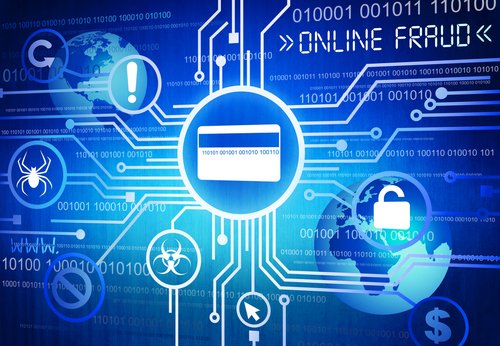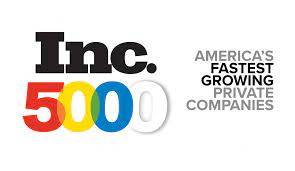 Guest Post from our partner, NoFraud.
Guest Post from our partner, NoFraud.
Fighting eCommerce fraud can be an incredibly time consuming job. With the adoption of EMV chip technology making transactions in brick and mortar stores more secure, eCommerce fraud is expected to rise dramatically.
When choosing a fraud prevention method to battle this unfortunate trend, merchants need to think about their true cost of fraud and confirm that their chosen method considers all factors.
So what is the true cost of fraud?
- Chargebacks – this is the value of the of stolen merchandise. Here are ancillary costs that should also be considered when trying to determine a real dollar value of this fraud cost: shipping fees & employee hours spent processing & fighting the chargebacks
- Manual review – this is employee time and overhead spent reviewing transactions with risky characteristics to determine shipping their legitimacy. Common manual review tactics include using White Pages, doing Google searches, social media profiling etc. Studies show 80% of transactions that are manually reviewed are deemed legitimate by the one conducting the manual review.
- False positive rate – this is an often overlooked cost of fraud that can often be the most costly. Merchants will often be overzealous in their fraud mitigation efforts and decline transactions that are in fact legitimate. This can either happen during manual review or can be due to excessive rule implementation either via the gateway filters or other fraud prevention solution in place.
- System Cost – this is the cost of the anti-fraud solution.
NoFraud has a really useful Cost of Fraud calculator here that can help you determine your true cost of fraud. NoFraud targets all related fraud costs and is offering a three week free trial to any JLB USA customer. Please contact us for more details.

 Guest Post from our partner, NoFraud.
Guest Post from our partner, NoFraud.








